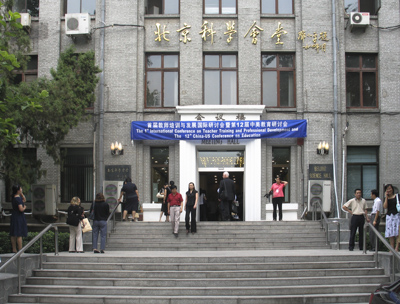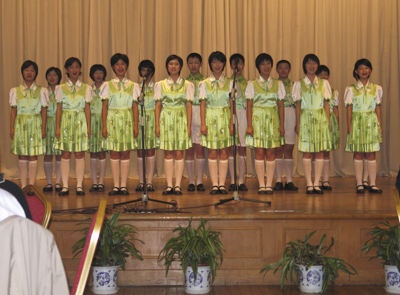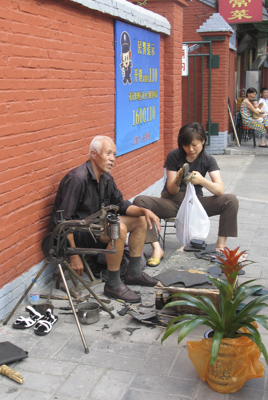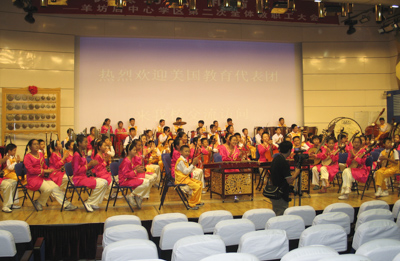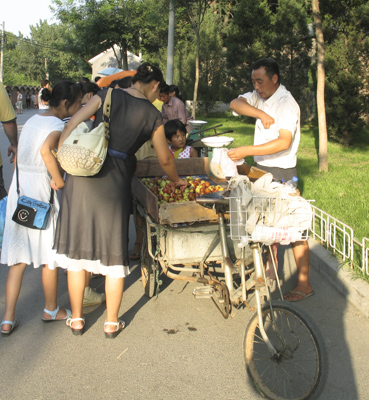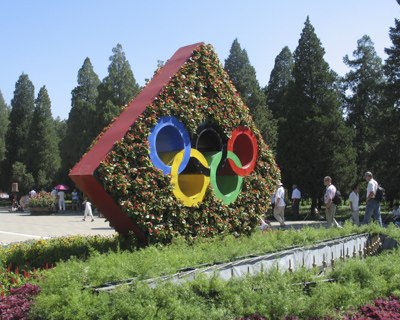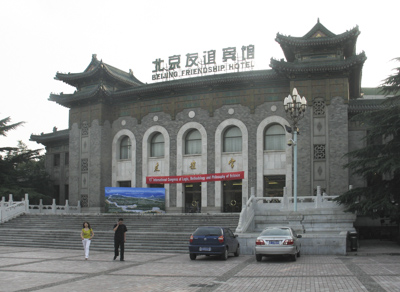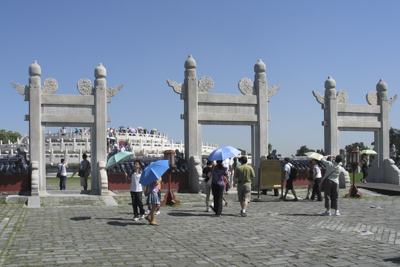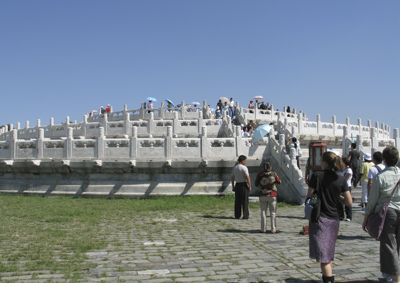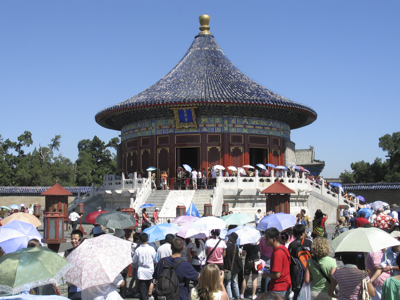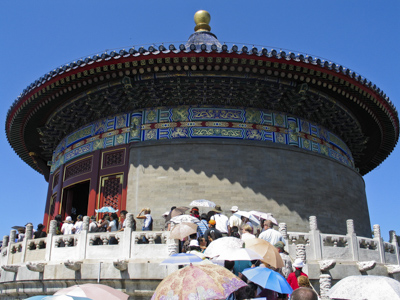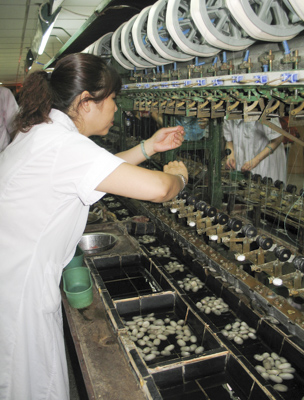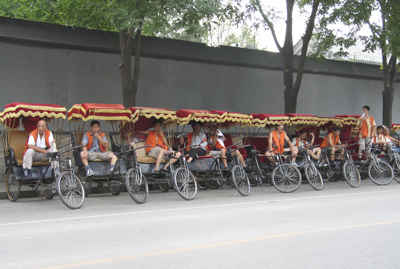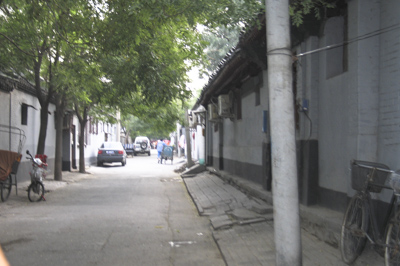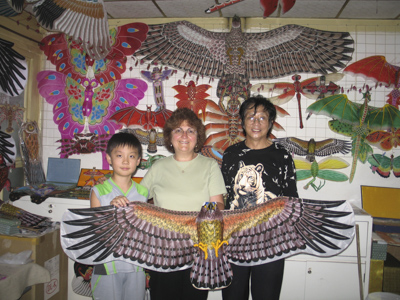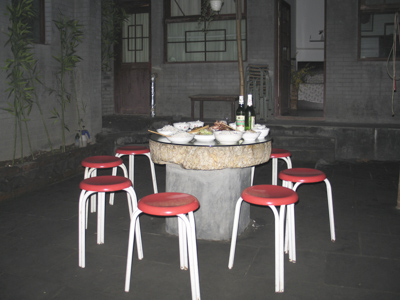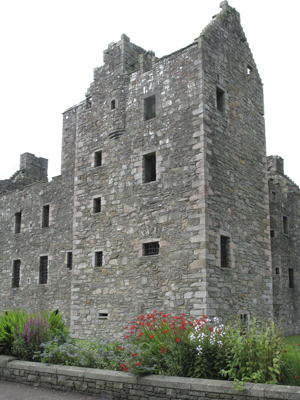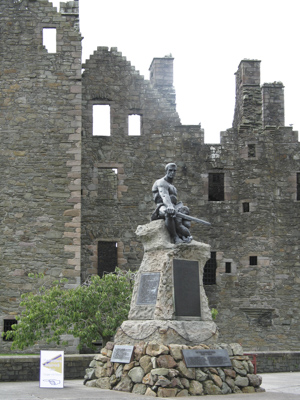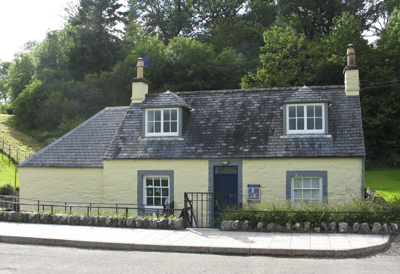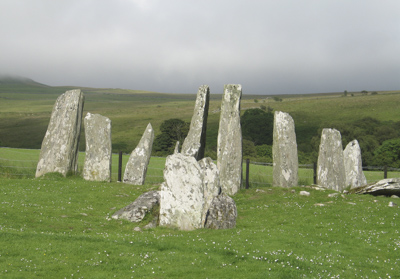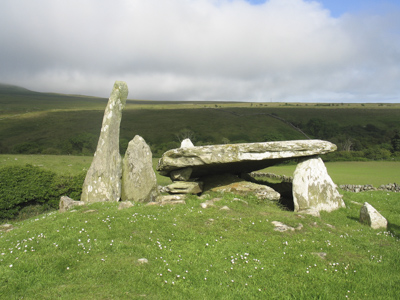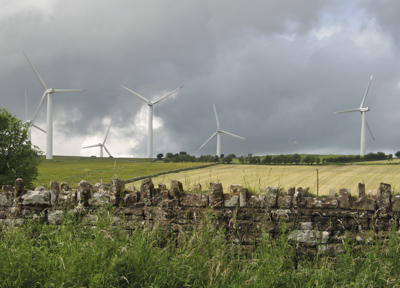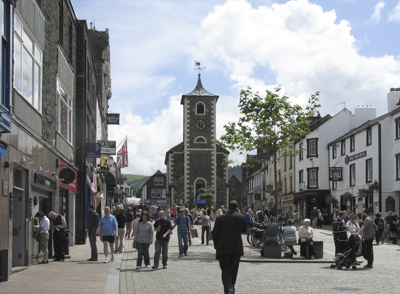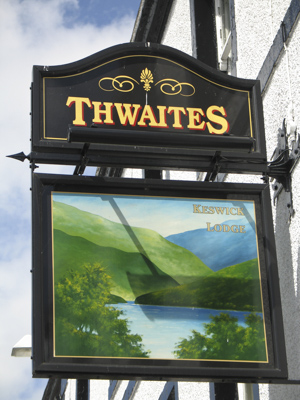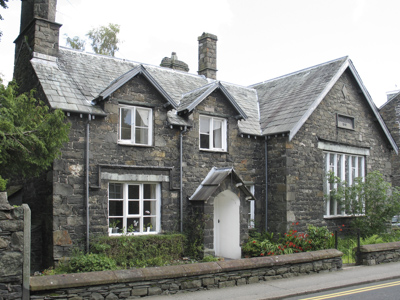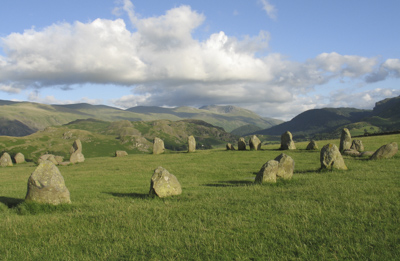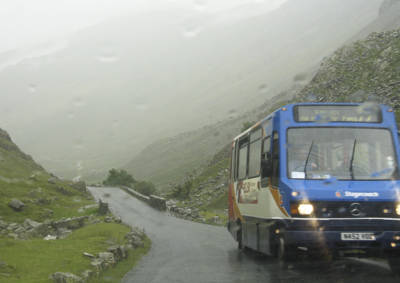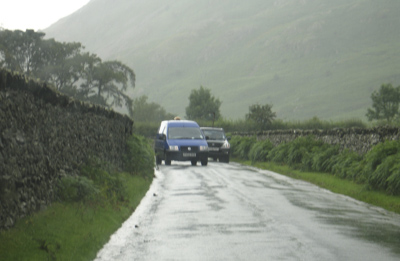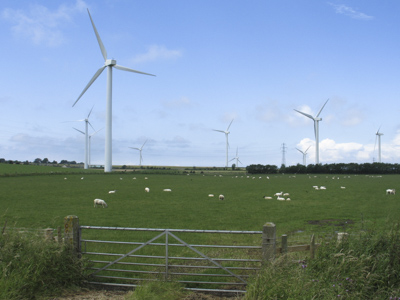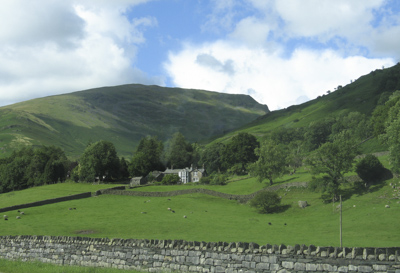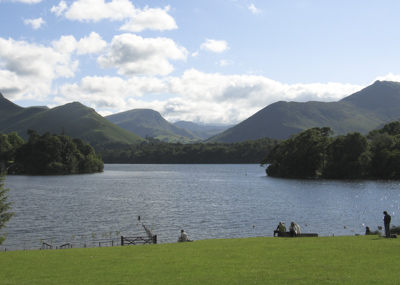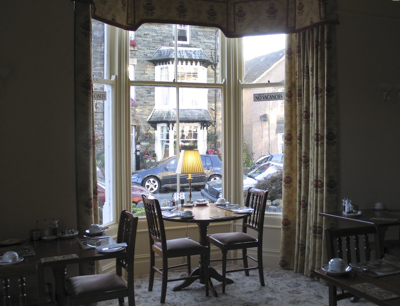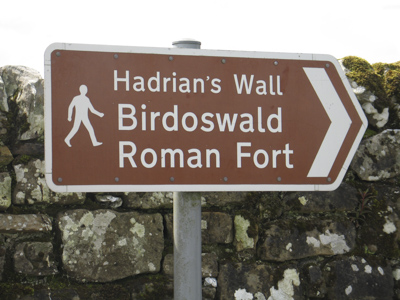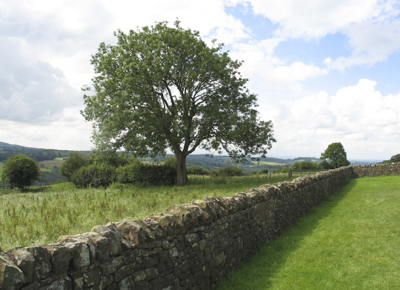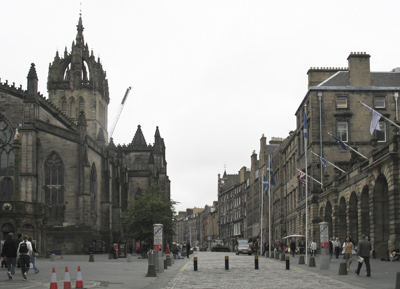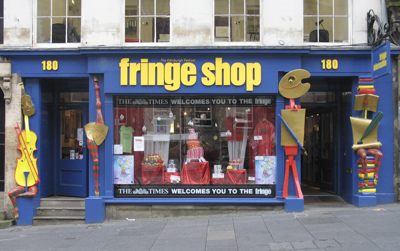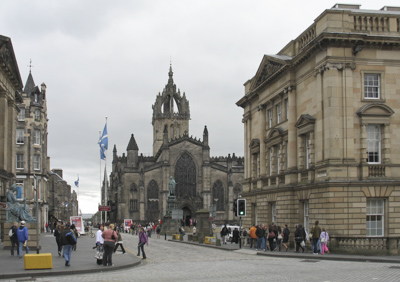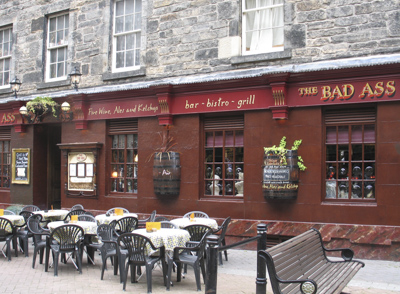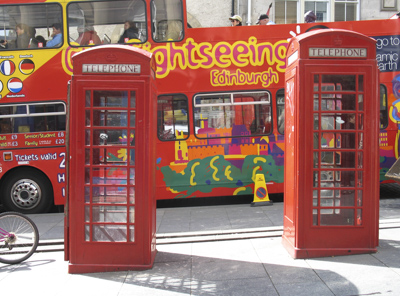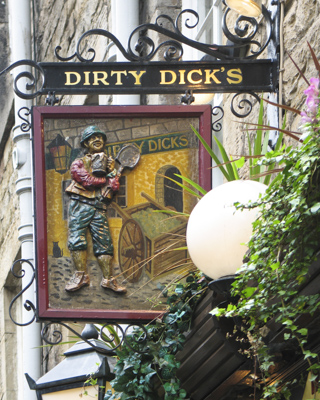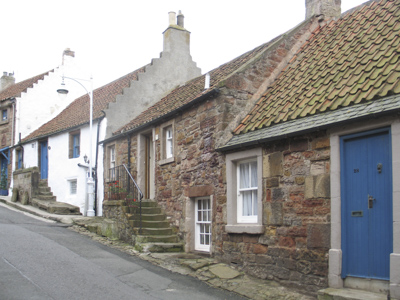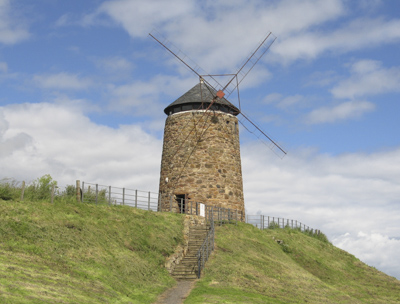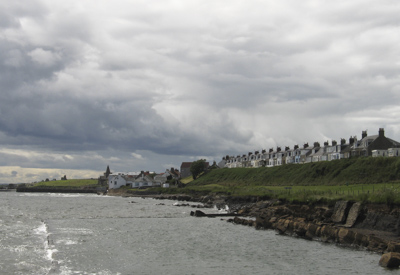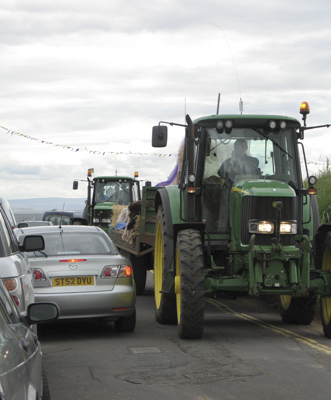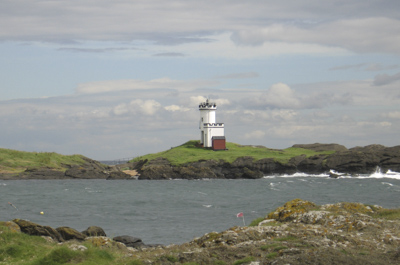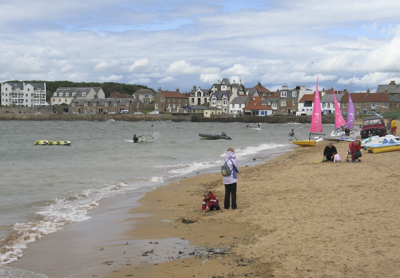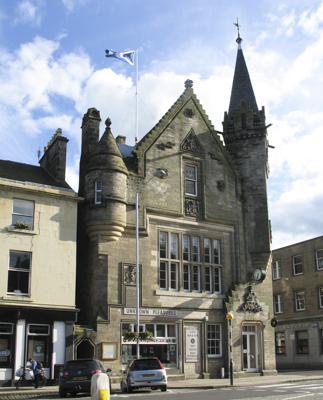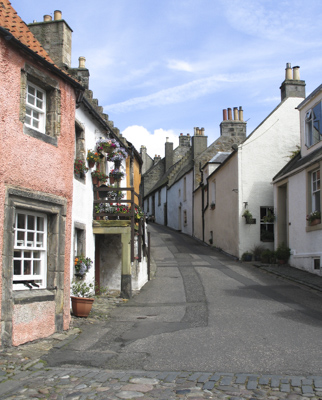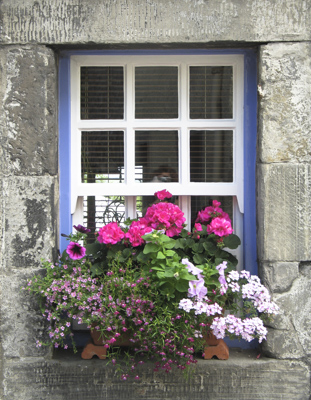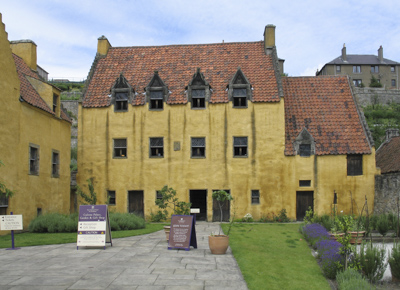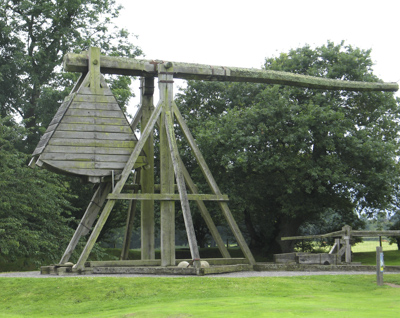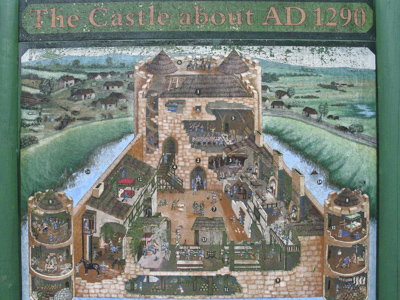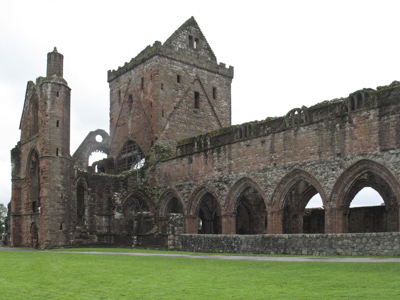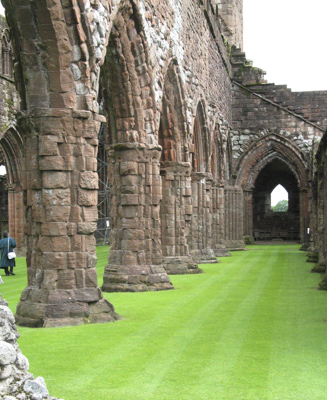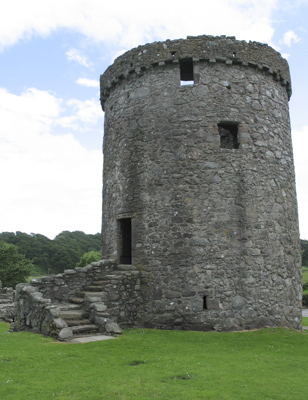July 13, 2007
A popular saying in Scotland is “If you don’t like the weather, wait a few minutes and it’ll change.” That seemed to describe our experience to a tee! The temperature throughout our stay was cool, but everyday there was a constantly changing display of rain, showers, clouds, sun, and mist.
Dunnottar Castle, Stonehaven, was a medieval fortress originally built in the 14th century. The surviving ruins are from the 15th century. The location of the castle on a rocky point jutting out into the North Sea was very impressive.
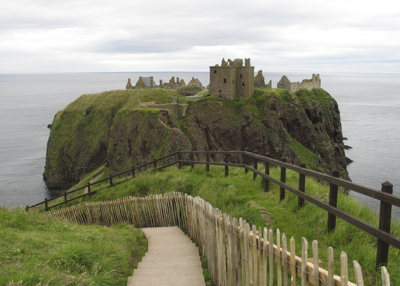
Craigievar Castle, Alford, in Aberdeenshire was completed in 1626. The family lived in the castle for 350 years until 1963 when it was given to the national Trust for Scotland.
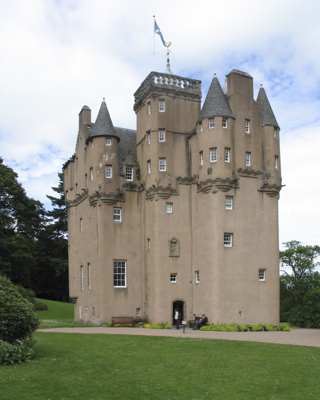
A family set up a campsite at the side of the road. On the right side of the road there was a camper and picnic table and on the left there was a playground area and generator.
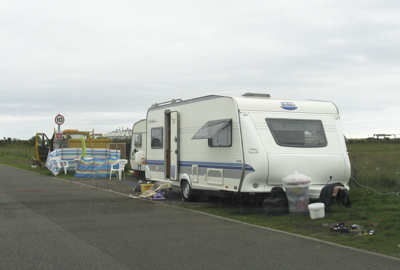
Children played on the road but fortunately there wasn’t much traffic.

Arbroath or Aberbrothock is located on the North Sea about 45 miles from Aberdeen. The Arbroath Abbey was founded in 1178.
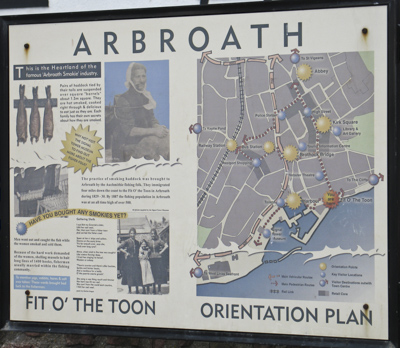
The town became a large commercial fishing port during the 20th century. Arbroath became one of our favorite cities after we discovered “Smokies!”
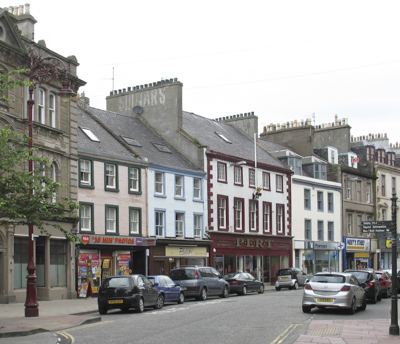
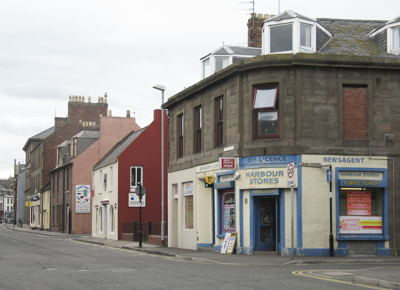
“Arbroath Smokies” are incredibly delicious smoked fish. Local legend says that a store with barrels of haddock preserved in salt caught fire one night. The next day, the locals discovered that the fish had cooked and was very tasty. They were delicious!!

Kirriemuir is a town in Angus with a very long and diverse history. It was an important ecclesiastical center during the 1st millennium AD. Later there were records of witchcraft during the 16th century.
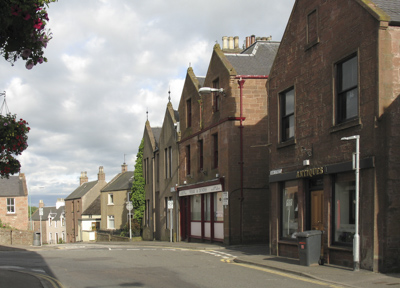
The author J.M. Barrie was born and is buried in Kirriemuir. A statue of Peter Pan stands in the town square:
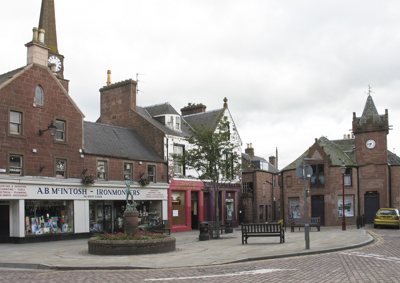
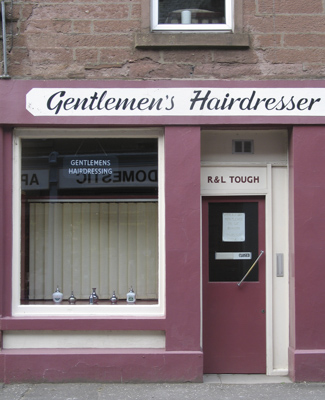

Glamis Castle, called “Scotland’s Most Beautiful Castle,” is home to the Earl and Countess of Strathmore and Kinghorne. An original part of the building dates from 1034, but the present building dates from 1670. Glamis Castle was the childhood home of Queen Elizabeth’s mother.

We saw Scottish highland cows at Glamis Castle.
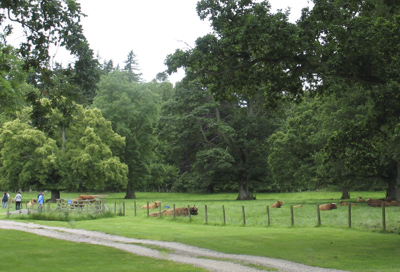
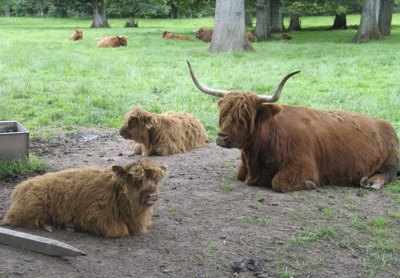

J.M. Barrie’s birthplace was a typical weaver’s house and is open to tourists
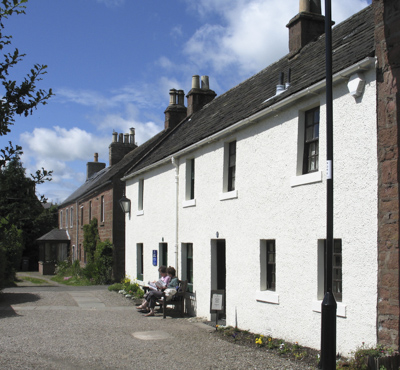

Back on the road across the magnificent and beautiful Scottish countryside:

We stayed at the very comfortable Fife Arms Hotel in the village of Braemar, near Cairngorms National Park.
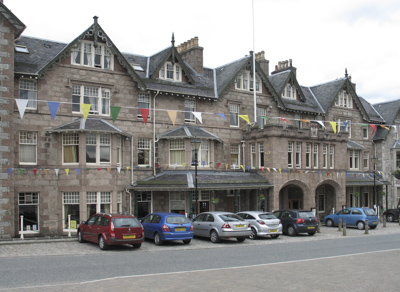
The view from our room:
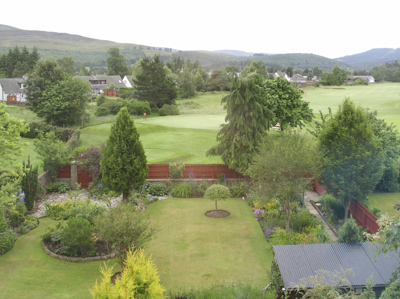
Balmoral Castle is a large estate in Royal Deeside, Aberdeenshire which is owned by Queen Elizabeth. It has been the Scottish home of the Royal Family since it was purchased by Prince Albert in 1852 for Queen Victoria.
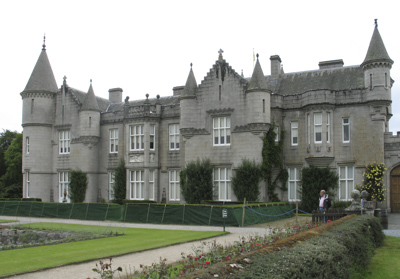
There are approximately 150 buildings on the huge estate. The main building, Birkhall, was the former home of Queen Elizabeth and is used today by Prince Charles and the Duchess of Cornwall for summer holidays.
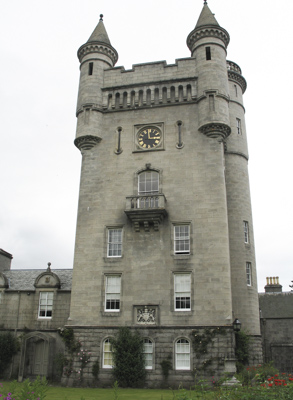
There are 52 bedrooms in the main house and the property is over 50,000 acres of land. Parts of Balmoral Castle are open to tourists when the royal family are not there.
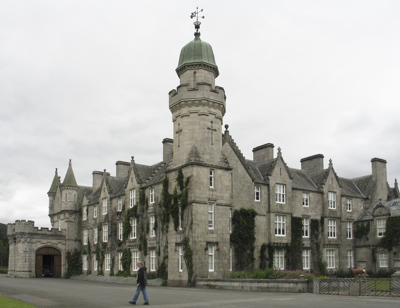
St. Andrews is a lovely seaside town on the east coast of Scotland located about 30 miles north of Edinburgh.

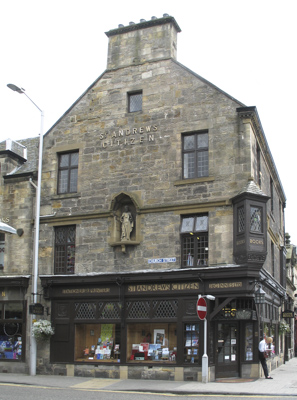
St. Andrews is known for a 12th century cathedral, its prestigious university, and the region’s many golf courses.
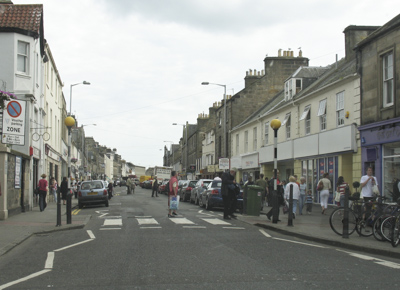

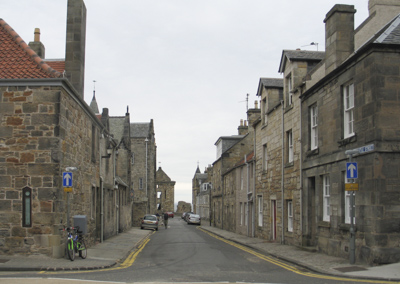
The ruins of St. Andrews Castle was interesting to see. It is a 13th century castle with a dungeon and moat.
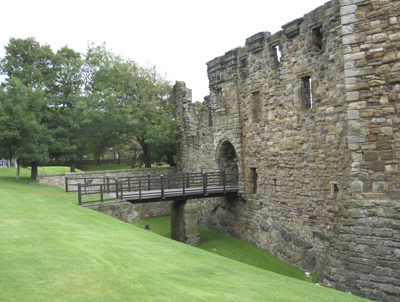
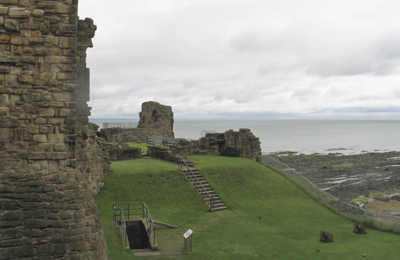
This has been a wonderful drive around a beautiful country filled with castles and seascapes.
